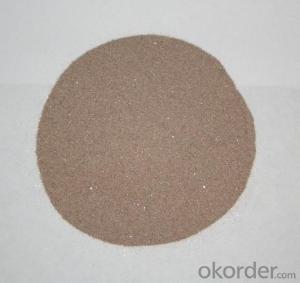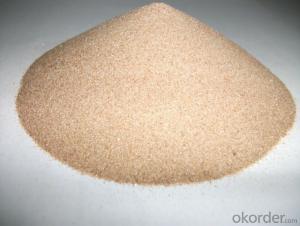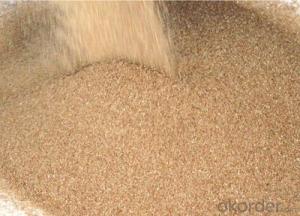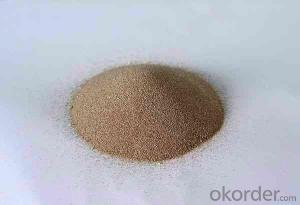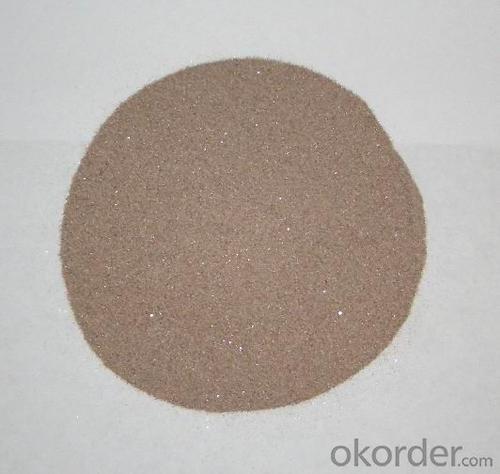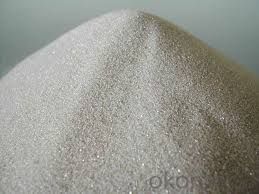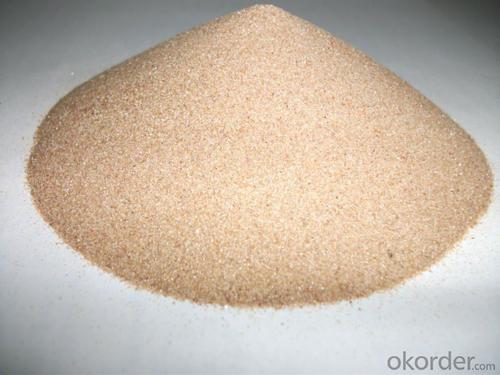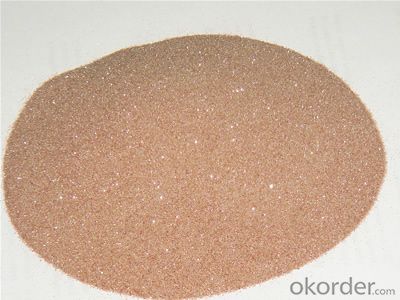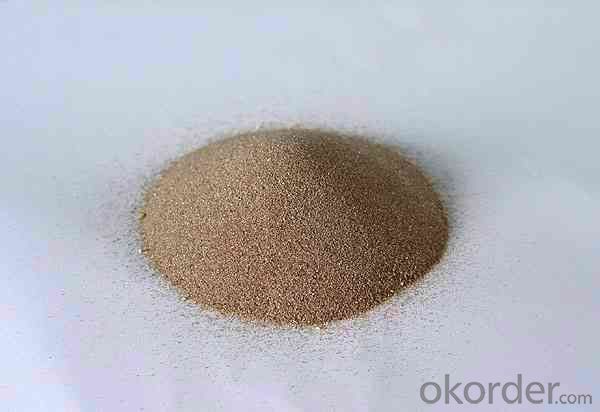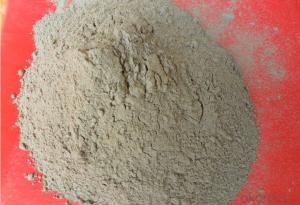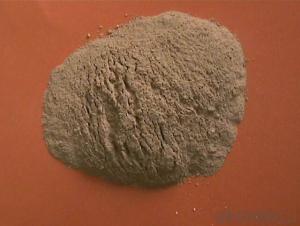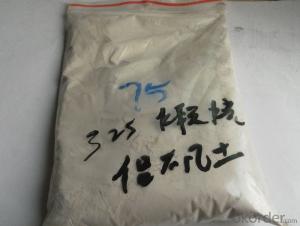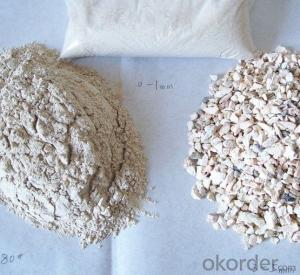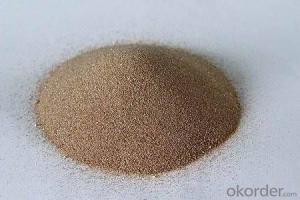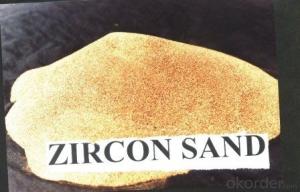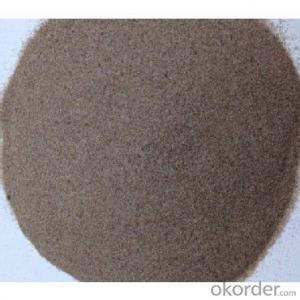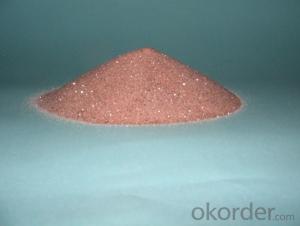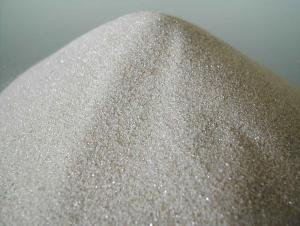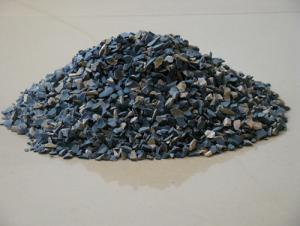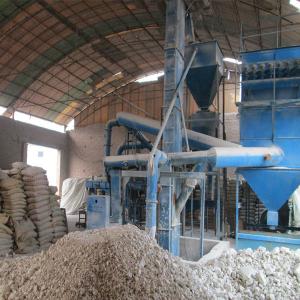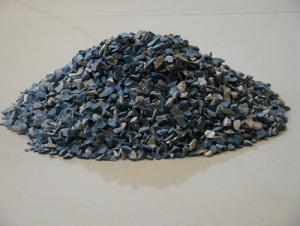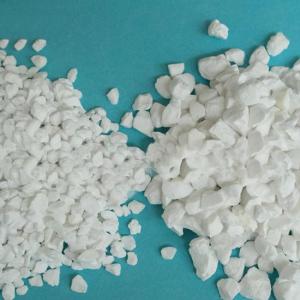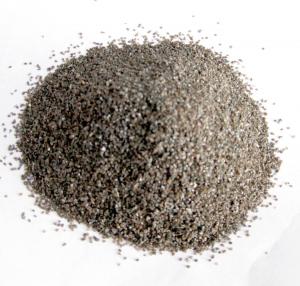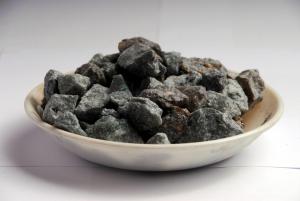Raw Materials for Refractory:High-Quality Zircon Sand and Zircon Powder 66% Refractory Material
- Loading Port:
- Tianjin
- Payment Terms:
- TT OR LC
- Min Order Qty:
- 25 m.t.
- Supply Capability:
- 3000 m.t./month
OKorder Service Pledge
OKorder Financial Service
You Might Also Like
Refractory Material/ Zircon Sand and Zircon Powder Good Quality 66%
1.Structure of Zircon Sand and Zircon Powder
We are offer zircon sand With Below Mention Descriptions: ZrO2 65 - 67 %. We are offer zircon sand With Below Mention Descriptions: ZrO2 65 - 67 %. Zircon is a remarkable mineral, if only for its almost ubiquitous presence in the crust of Earth. It occurs in igneous rocks as primary crystallization products, in metamorphic rocks and in sedimentary rocks as detrital grains.
Further, the mineral due to hardness, durability and chemical inertness, zircon persists in sedimentary deposits and is a common constituent of most sands.
2.Main Features of Zircon Sand and Zircon Powder
1. Zircon sand
2. Color: Colorless transparent crystal
3. Capacity: 500mt/month
4. MF: Zr2SiO4
3.Main usage of Zircon Sand and Zircon Powder
The zircon sand is mainly used for fireproof materials (commonly called zirconium fireproof materials such as corundum bricks and zirconium fireproof fiber), sand for casting mould in casting industry (precision casting sand) and fine enamelware. In addition, the zircon sand is also used in the production of glass, metal (zirconium sponge) and zirconium compounds (zirconium dioxide, zirconium oxychloride, sodium zirconate, zirconium potassium fluoride, zirconium sulfate, etc.).
4. Zircon Sand and Zircon Powder Images
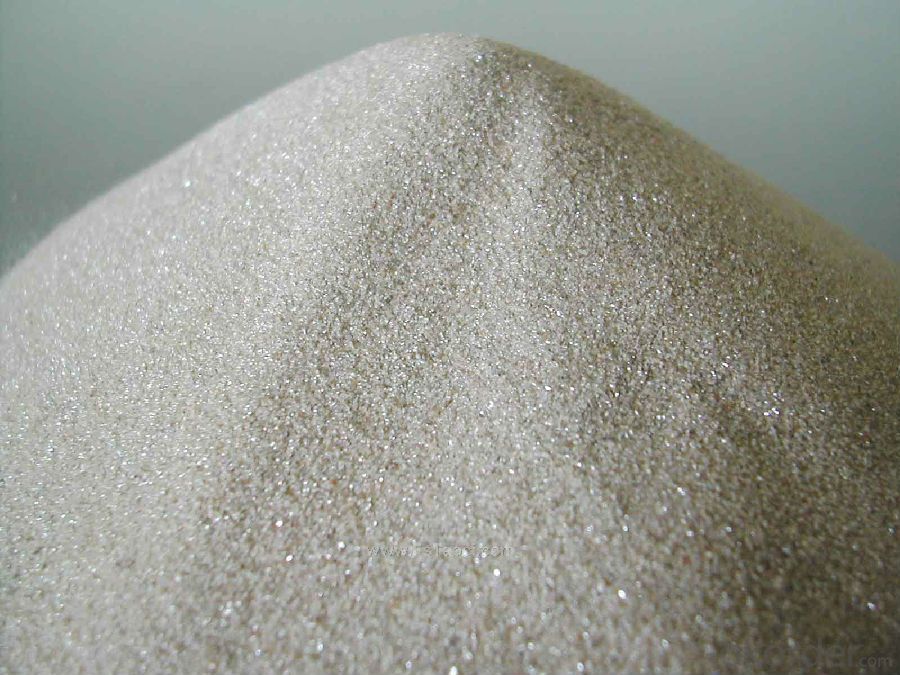
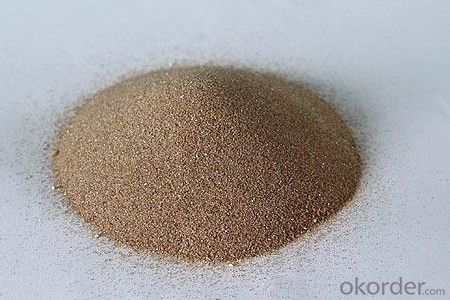
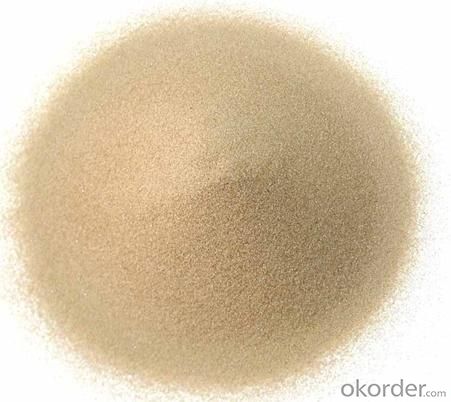
5. Zircon Sand and Zircon Powder Specification
Item | SY8 | SY6 |
Zr Content (ZrO2) | ≥66% | ≥65.5% |
Fe Content (Fe2O3) | ≤0.08% | ≤0.12% |
Ti Content (TiO2) | ≤0.10% | ≤0.10% |
6.FAQ of Zircon Sand and Zircon Powder
1). Q: Are you a factory or trading company?
A: We are a factory.
2). Q: Where is your factory located? How can I visit there?
A: Our factory is located in China. You are warmly welcomed to visit us!
3). Q: How can I get some samples?
A: Please contact me for samples
- Q: How much is the content of boron carbide in refractory material?
- furthermore, aluminite powder costs only ?20,000/ton, and the addition is only 0.1%—2%, or just none; while boron carbide costs ?50,000/ton.
- Q: For refractory knowledge. What is the ratio of clay ramming?mass?
- Soil aggregates, dispersing agent, water reducing agent, plasticizer, binding agent and powder! ~ Bone meal feed approximately 6, OK
- Q: What refractories are accessible with ease in daily life? This material is suitable as a disposable mold and crucible for melting brass.
- The refractory that you want is high temperature furnace which you can buy from the market.
- Q: Does anyone know about the fire resistance period of thin fireproof coatings?
- The thin fireproof coatings will be expanded when exposing to open fire, and produce the inert gas to extinguish fire, but they will do harm to people, and the coatings are not stable, and the weather resistance and service life of which are short. According to the state regulations, the thin fireproof coatings have the highest fire resistance of only 2.5 hours, while the thick steelwork fireproof coatings have a fire resistance of 3.0 hours or more.
- Q: Refractories for iron-making blast furnace?
- Vibrating materials, corundum brick and aluminum carbon brick will be developed. Taphole commonly use stemming, silicon carbide - graphite bricks, whose material is Al2O3-SiC-C. Medium and large sized blast furnaces in China use dense mullite bricks, castable, graphite brick. Common lining material for iron ditch is ramming mass. hearth and furnace bottom common use carbon bricks, semi-graphite bricks, charring silica bricks, corundum bricks. Blast furnace bosh and lower part of furnace stack commonly use mullite bricks.
- Q: how to classify the fireproofing material levels A1 A2 B1?
- their classification is shown specifically in Fireproof? Specification of Building Interior Decoration?Design GB 50222-95 appendix A, flammability,inflammability materials, flame retardency, noninflammability: combustion performance of A, B3, B2, B1 materials are divided into
- Q: Who knows the fire endurance of B-level fireproof doors and windows?
- Rock wool board of B-grade fireproof doors keeps 46mm in thickness, doors that are generally used in relatively common fire fighting access, while A-grade fireproof doors are generally used in machine rooms, warehouses, oil depots and other important fire fighting access and flammable and combustible pulbic places. B-grade fireproof doors are more widely used than A-grade fireproof doors.
- Q: Who knows about the types of Dalian thermal insulating and refractory materials?
- There are many Dalian thermal insulation materials, which can be divided into organic and inorganic thermal insulation materials. Materials include inorganic thermal insulation materials, polyfoam, mineral wool products, foam glass, expanded perlite insulation products, gelatine powder EPS grain heat insulating slurry, sprayed mineral wool, thermal insulation product of foam cements, and vacuum thermal insulation board.
- Q: How to distinguish the fire resistant level of construction materials?
- Division of fire resistant level of building material: 1, It can be divided into five levels according to the importance: a, special class: commerative, historic, international and national buildings. b, Class A: high-grade residential architecture and public building. c, class B: middle-grade residential architecture and public building. d, class C: orinary residential architecture and public building. 2, It can be divided into four grades according to fireproof?performance: Fire resistance level buildings is divided into four levels. Standard of fire resistant level is based on the combustion performance and fire endurance of main components of the house. 3, It can be divided into 4 levels according to durable life: a, A grade durable life, over 100 years, for important buildings and high-rise buildings. b, second level durable life, from 50 to 100 years, for ordinary buildings. c, third level durable life, from 25 to 50 years, for secondary buildings. D, fourth level durable life, less than15 years , for temporary buildings. I hope my answers will help you.
Send your message to us
Raw Materials for Refractory:High-Quality Zircon Sand and Zircon Powder 66% Refractory Material
- Loading Port:
- Tianjin
- Payment Terms:
- TT OR LC
- Min Order Qty:
- 25 m.t.
- Supply Capability:
- 3000 m.t./month
OKorder Service Pledge
OKorder Financial Service
Similar products
Hot products
Hot Searches
Related keywords
